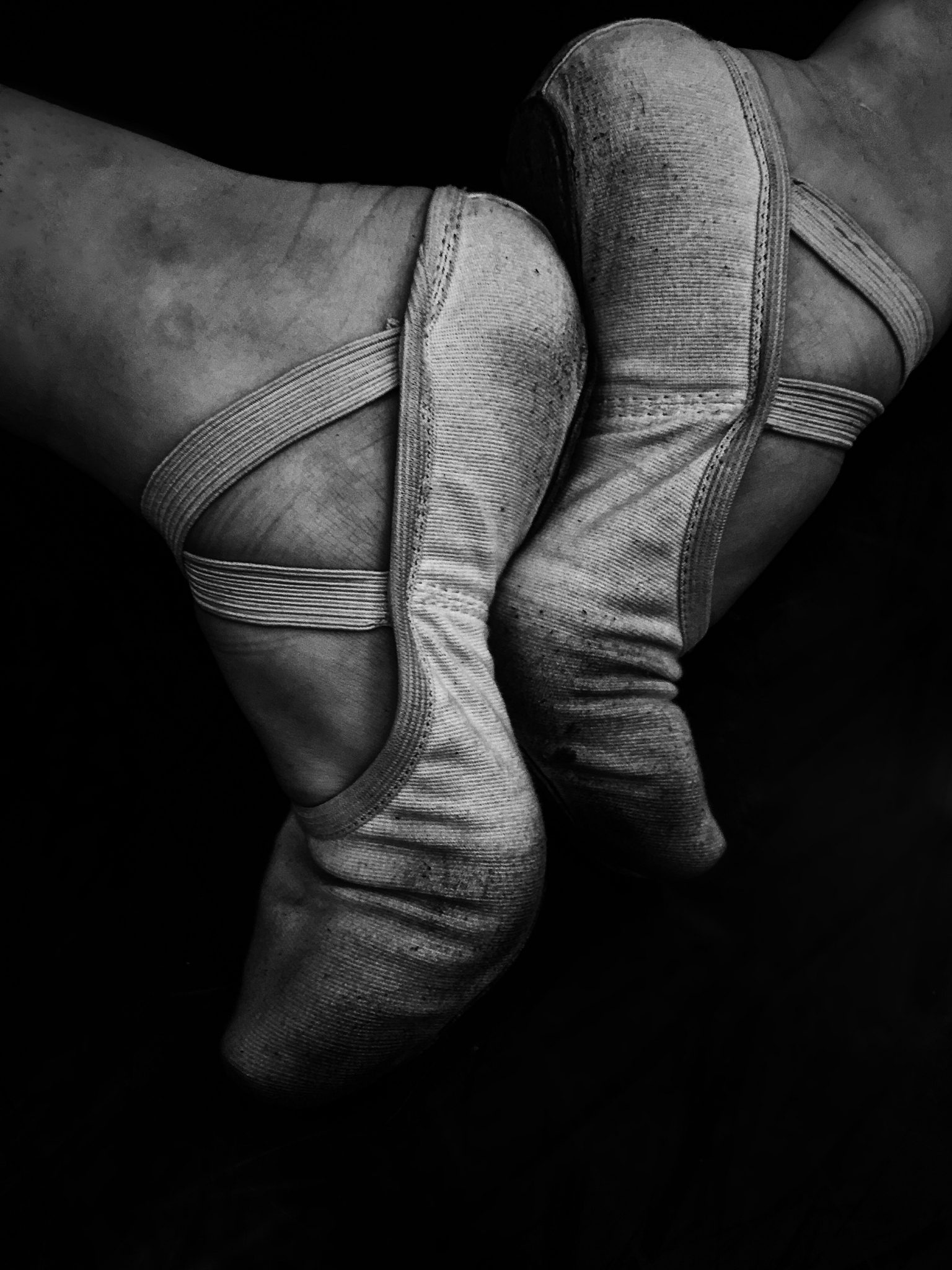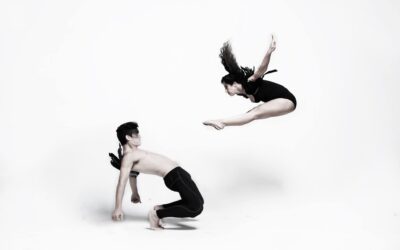From the earthy grunge of hip hop to the endless grace of classical ballet, dancers tell stories with their bodies. They flow through space, creating emotive shapes and patterns, connecting passionately with their audience. But the dedication involved in consistent training, perfecting choreography and striving to achieve their best can sometimes lead to injury.
Young dancers face additional pressures as their bodies grow and develop, particularly during the intense growth spurt that occurs between the age of nine to 14. Knowledge and understanding are key to helping prevent and manage injuries. Here are three of the more common foot-related injuries I treat as a dance podiatrist:
Sesamoiditis
Excruciating pain felt under the ball of the foot can occur, particularly when a dancer is in ‘releve’. This is a common step in classical ballet, where the dancer rises onto the ball of one, or both, feet. Their leg is externally rotated from the hip, knee is straight, muscles engaged, and their ankle is in the most extreme degree of plantar flexion possible.
The Sesamoids are two small bones which lie under the big toe joint in the foot. These seed-shaped bones help the big toe move, give structure to the Flexor Hallucis Longis tendon and are the weight-bearing surface for pirouettes, releves and other classical steps that require standing on demi pointe. For some dancers, the repetition of movements can cause these bones to be overused, injured or fractured. The surrounding tissue can become inflamed and very tender to palpate, specifically under the big toe joint.
Initially, treatment includes rest, ice, padding and offloading. A biomechanical assessment from a dance podiatrist will help identify the cause of the pain. Then, with possible further imaging, a footwear assessment may also be considered, as well as custom-made foot orthoses.

Posterior Ankle Impingement
Another condition common to dancers, this occurs when the back of the talus bone (the bone that makes up the lower part of the ankle joint) is jammed at the hindfoot when the dancer is in demi or full pointe position. There are multiple tendons, ligaments and nerves passing behind the ankle which can become inflamed and swollen, resulting in the dancer feeling a deep ache at the back of their ankle.
Conservative treatment is usually successful, but dancers often find that aggravating factors, such as standing in ‘releve en pointe’ or movements involving hyperplantarflexion of the ankles, cannot be adjusted or modified to protect the injury. This can result in the condition reoccurring when the dancer resumes classes. In the event that all conservative measures are exhausted, and pain relief cannot be obtained, it may be suggested that a young dancer cease ballet / dance classes until they are old enough to undergo a cortisone injection or seek surgical opinion. This depends on severity of pain and bone maturity.
Severs Apophysitis
Many of my patients experience Severs Apophysitis. The rapid growth that occurs between the age of nine to 14 often results in undue stress being placed on the back of the heel bone. It is common for this age group to have tight calves and the stress created by dancing, jumping and leaping can aggravate the heel bone. This causes the area to become swollen and tender to touch.
Treatment is usually conservative, involving rest, ice, heel lifts and stretches. Looking at the foot biomechanics and footwear is also helpful in management and returning to dancing pain-free.
No dancer is immune to injury. It is always best to seek professional advice to create an accurate, tailored management and rehabilitation plan. Educating the dancer to understand their injury and prevent re-occurrence is vitally important for their long-term health and well-being.







0 Comments